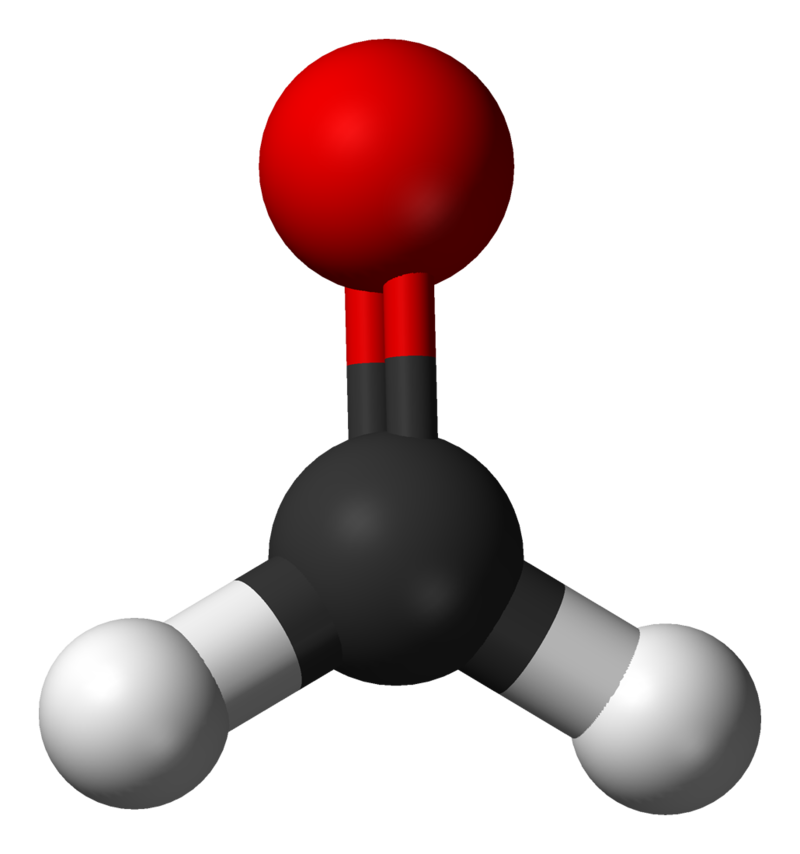Formaldehyde, also known as methanal or formalin, is a simple organic compound with a chemical formula of CH2O. It is a highly reactive, colorless gas with a pungent, choking odor. Formaldehyde is found naturally in small amounts in the environment and is produced in commercial quantities by the oxidation of methanol.
Production and Uses of Formaldehyde
Formaldehyde is a versatile chemical with a wide range of industrial applications. It is used in the production of various products, including:
- Resins: Formaldehyde is used to produce resins, which are used in a variety of applications, such as adhesives, coatings, and plastics.
- Textiles: Formaldehyde is used to treat textiles to make them wrinkle-resistant.
- Paper: Formaldehyde is used to make paper stronger and more durable.
- Preservatives: Formaldehyde is used to preserve wood, leather, and other materials.
- Disinfectants: Formaldehyde is used as a disinfectant to kill bacteria and viruses.
Health Risks of Formaldehyde Exposure
Despite its wide range of uses, formaldehyde is a hazardous substance that can cause serious health problems upon exposure. Formaldehyde is a known carcinogen and can also cause respiratory problems, skin irritation, and eye damage.
- Cancer: Formaldehyde is classified as a human carcinogen by the International Agency for Research on Cancer (IARC). Exposure to formaldehyde has been linked to an increased risk of nasopharyngeal cancer, leukemia, and other types of cancer.
- Respiratory Problems: Formaldehyde can irritate the respiratory system, causing symptoms such as coughing, wheezing, and shortness of breath. In severe cases, formaldehyde exposure can lead to lung damage.
- Skin Irritation: Formaldehyde can cause skin irritation, redness, and burning.
- Eye Damage: Formaldehyde can cause eye irritation, redness, and watering. In severe cases, formaldehyde exposure can lead to permanent eye damage.
Safety Precautions and Regulations
Due to the health risks associated with formaldehyde exposure, there are a number of safety precautions and regulations in place to protect workers and the public.
- Occupational Safety and Health Administration (OSHA): OSHA has established Permissible Exposure Limits (PELs) for formaldehyde in the workplace. The PEL for formaldehyde is 0.75 ppm as an 8-hour time-weighted average (TWA).
- National Institute for Occupational Safety and Health (NIOSH): NIOSH has recommended a lower exposure limit for formaldehyde of 0.016 ppm as an 8-hour TWA.
- American Conference of Governmental Industrial Hygienists (ACGIH): ACGIH has also established a recommended exposure limit for formaldehyde of 0.016 ppm as an 8-hour TWA.
In addition to these regulations, there are a number of safety precautions that can be taken to reduce the risk of formaldehyde exposure, including:
- Ventilation: Adequate ventilation is essential to remove formaldehyde vapors from the workplace.
- Personal Protective Equipment (PPE): Workers who are exposed to formaldehyde should wear appropriate PPE, such as gloves, goggles, and respiratory protection.
- Regular Monitoring: Formaldehyde levels should be monitored regularly to ensure that they are within safe limits.
All of those units can be found here: https://www.gas-sensing.com/information/formaldehyde
Conclusion
Formaldehyde is a versatile chemical with a wide range of industrial applications. However, it is also a hazardous substance that can cause serious health problems upon exposure. It is important to take appropriate safety precautions and to follow all applicable regulations to reduce the risk of exposure to formaldehyde.


